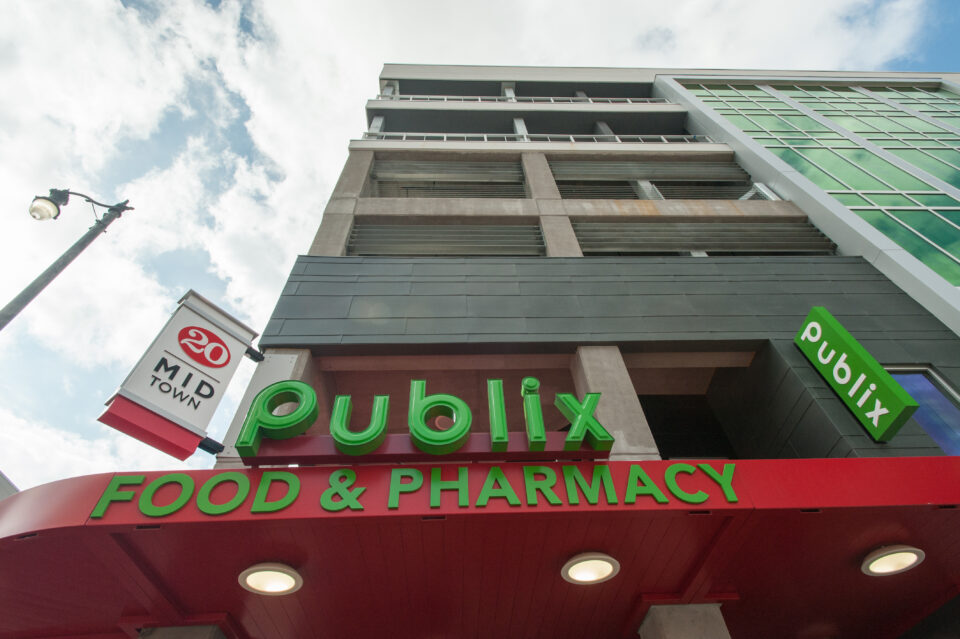Sometimes, a project’s greatest risk is in the civil improvements. We work with our customers and their consultants—geotechnical, civil engineers, environmental and others—to provide a management link between existing site conditions and the design intent. We will evaluate subcontractor bids and work with our customer to determine the best match for the needs of the project and to minimize liability. While we entrust expert firms with the engineering services, civil management clients have also found our tools useful for integrating architect plans and engineer specifications into the construction process.
Explore our Civil Management
Projects by Category
Underground Storm Water Retention
1 of 11
Like most redevelopments, this site brought its own set of challenges and was the third time this property had been redeveloped. We were required to take over the storm management of an adjacent 15-acre site, and the redeveloped property lacked any retention or detention when it was originally developed three decades ago. With no area to develop an open pond retention system, the only solution was to go underground and construct a 160,000-gallon network of detention chambers below the impervious parking area.
We installed a Stormtech MC-4500 Chamber underground detention system under the parking lot that provided 45,700 cubic feet of storage volume. This system consisted of corrugated plastic domes fastened together to form rows of chambers which were sitting on, and backfilled with, crushed angular stone. The chambers were covered with 12” of stone and then a granular soil/aggregate mix up to the pavement subgrade. The tops of the chambers were installed at a minimum of 2’ below the pavement subgrade or at a maximum of 7′ below finished grades. A portion of the chambers have manholes for maintenance access.
Beyond the design and the construction, another challenge was installing the underground detention system of a live, operating development. The demolition and site work was phased to allow the demolition of 50% of the existing building followed by the construction of the new structures to allow existing tenants to operate prior to moving into their new buildings, all the while maintaining ample parking and safety for the public. In addition to the onsite construction improvements, the DOT ROW was improved to allow for better traffic flow to and from the site.















